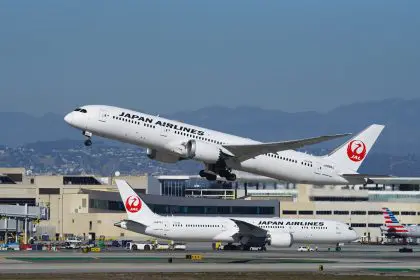When boarding an airplane, convenience and comfort typically top most passengers’ priority lists. However, certain commonly used amenities and areas may harbor more risks than you realize. While flight crews work to maintain cleanliness, limited turnaround times and heavy usage create significant challenges for thorough sanitization.
The troublesome tray table
Among the most concerning surfaces on any aircraft is the tray table. Studies reveal these frequently used surfaces can harbor bacteria levels exceeding those found on household toilet seats. Passengers use them for various purposes, from changing diapers to placing unwrapped food directly on the surface. With airlines operating on tight schedules, these tables often receive minimal cleaning between flights.
The reality of quick turnarounds means your tray table might only get a cursory wipe-down—if any cleaning at all. Consider bringing sanitizing wipes and cleaning the surface before use, and always place food on napkins or keep it in its original packaging rather than directly on the tray.
Seat pocket concerns
The seat-back pocket might seem convenient for storing personal items, but these spaces rarely receive thorough cleaning between flights. Passengers often use them as impromptu trash bins, stuffing them with used tissues and other unsanitary items. This practice transforms these pockets into potential breeding grounds for bacteria and germs.
Bathroom hygiene challenges
Airplane bathrooms present unique challenges due to their compact size and frequent use during flights. The confined space, combined with multiple users, creates an environment where maintaining proper hygiene becomes difficult. Surfaces like sinks, faucets, and door latches can accumulate concerning levels of contamination, especially during long-haul flights.
The air vent dilemma
Overhead air vents serve a dual purpose, providing personal airflow but potentially circulating dust and germs directly into your space. These rarely cleaned fixtures may distribute more than just fresh air. The ventilation system, while necessary for cabin comfort, might not deliver the pristine airflow passengers expect.
Bedding and comfort items
Complimentary blankets and pillows offer tempting comfort during flights, but their cleanliness remains questionable. Unless sealed in plastic packaging, these items might have served multiple passengers without proper sanitization between uses. The quick turnover between flights often means these comfort items receive minimal attention during cleaning.
Entertainment system concerns
In-flight entertainment systems, particularly touchscreens, present another hygiene challenge. These frequently touched surfaces rarely receive thorough sanitization between flights, potentially harboring bacteria and viruses from hundreds of previous passengers. The convenience of entertainment comes with potential health risks that deserve consideration.
Water quality issues
Perhaps most concerning is the quality of onboard water and ice. Studies indicate that airplane water tanks may contain bacteria due to insufficient cleaning and maintenance protocols. This affects not just drinking water but also coffee, tea, and ice served during flights. The complex plumbing systems of aircraft make maintaining water quality particularly challenging.
Protecting yourself during travel
While these concerns might seem alarming, simple precautions can significantly reduce your risk during air travel:
Maintain personal hygiene by carrying sanitizing wipes and using them on surfaces before contact. Consider bringing your own travel essentials such as blankets or entertainment devices to minimize reliance on shared items. When it comes to beverages, opt for bottled water rather than drinks made with airplane water or ice.
Looking ahead
Air travel remains an essential part of modern life, but awareness of these potential risks helps you make informed decisions during your journey. By understanding which airplane amenities might compromise your health and taking appropriate precautions, you can focus on enjoying your flight while maintaining good hygiene.
Remember that while these concerns exist, proper preparation and awareness allow for safe, comfortable air travel. Pack accordingly, stay mindful of your surroundings, and take reasonable precautions to ensure a healthy journey from takeoff to landing.
This story was created using AI technology.











